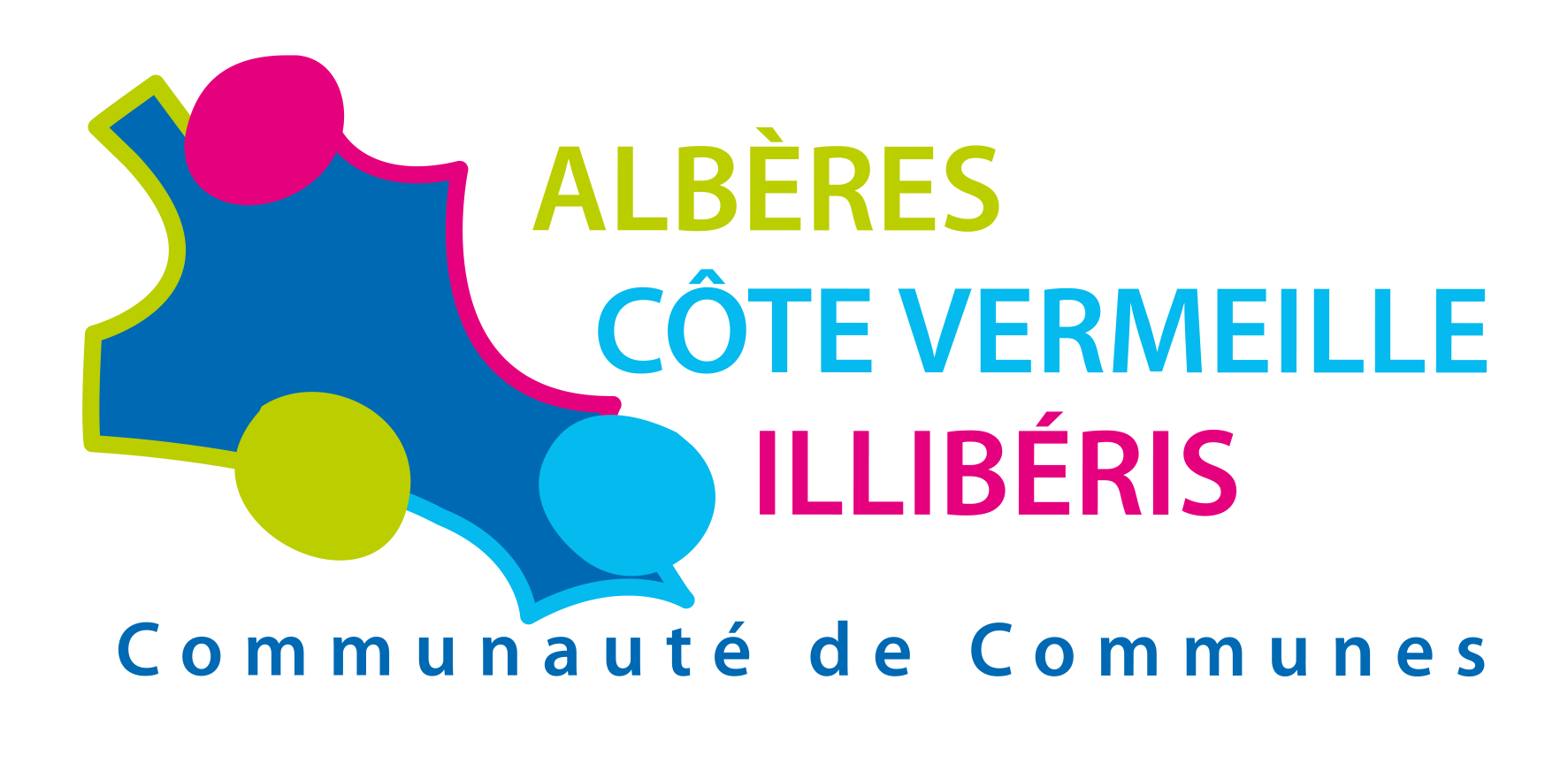In 2021, the CCACVI has decided to invest in more sophisticated instrumentation for its drinking water networks. The main objective: to detect water leaks more accurately and more quickly, in order to preserve its drinking water resources and meet regulatory requirements in terms of optimising yields. This operation will also enable the Communauté de Communes to secure the management of its existing wastewater treatment facilities, in particular by improving the reliability of information feedback to its central monitoring station.
In making its choice, the CCACVI set itself a number of technical imperatives: "We wanted to put in place something that would last. The installation had to be able to meet any new needs in sectors other than water for which the local authority is responsible. We also needed to find a technical solution that we could master in-house. And finally, we wanted our choice not to be a financial drain but, on the contrary, a solution that we could deploy, operate and maintain over time at a reasonable cost", explains Damien Debortoli, automation technician at the CCACVI.
After several months of monitoring, reflection and testing, the CCACVI has decided to use new technologies, in particular connected objects. The Communauté de Commune is building its own private LoRa infrastructure based on The Things Network (TTN) ecosystem to communicate with its IoTs.
What is the TTN ecosystem? It's the very first OpenSource community network for the Internet of Things. A technical choice that makes it possible to compensate for GSM outages and power cuts. By bringing the entire solution in-house, the deployment team is relying on the OpenSource community, which is making a complete methodology available free of charge. What's more, it offers a software platform for collecting IoT data and making it available to the Topkapi MQTT monitoring solution.
By centralising all the information with Topkapi, the CCACVI cross-references the data from its IoTs with the data already acquired by supervision. Thanks to its computing power, Topkapi converts the indexes of water meters remotely read via IoTs into flow rates and calculates the linear loss index for each section of its network.
"Since we have been equipped with Topkapi, we have constantly upgraded our application to meet new needs and changes in technology. For our water leak detection problem, we added the scriptable protocol to our Topkapi application to collect data from our IoTs connected to our private LoRa network," adds Damien Debortoli. Now, the IoTs on the water meters connected to the private LoRa network send information to the supervision system every 3 minutes. This regular and frequent information enables leaks to be detected and dealt with more effectively.
"We installed 15 LoRa antennas on our water towers at a cost of €20,000 instead of €150,000 if we had chosen to outsource the work. This meant we were free to choose the IoT that best suited the uses we were targeting. It's also a more cost-effective solution than traditional dataloggers, says Damien Debortoli with satisfaction. We were soon able to see the effectiveness of the system, with an initial leak detected of 3m3 per hour in one section. The equivalent of €30,000 over nine months. This solution very quickly demonstrated that it was much more effective than manual night-time reading campaigns. We also have a local authority - equipped with just four measuring points - that has reduced leakage from 15m3 /h to 8m3 /h in one year, representing savings of €92,000. Valves controlled by Topkapi using a scriptable protocol mean that pressure can be lowered on so-called 'leaky' sections at times when demand for water is lowest."
Another CCACVI project involves securing sensitive data from lift stations located near beaches. "We have also equipped certain lift stations with IoT in order to double the information feedback to guarantee the quality of our bathing water to the public. With this solution, we can compensate for power cuts or problems with the quality of the GSM network. Our alarms go up without interruption, which means we can eliminate the risk of beach closures," explains Philippe Lafue, automation technician at the CCACVI.
To take things further, the CCACVI is now considering extending its network to other IoT applications, particularly in the building sector. "We have already tested the addition of temperature and air quality sensors on our premises. We're now looking into the possibility of installing them in all the local authority's public buildings (nurseries, leisure centres, media libraries, etc.) that require air quality monitoring. At present, an organisation comes twice a year to take samples, at a cost of €700 per visit and per site. The sensor costs around €300 and has a lifespan of around 3 years (before changing batteries or breaking down). We could therefore make quite substantial savings and improve the service by having continuous measurements," concludes Damien Debortoli.



